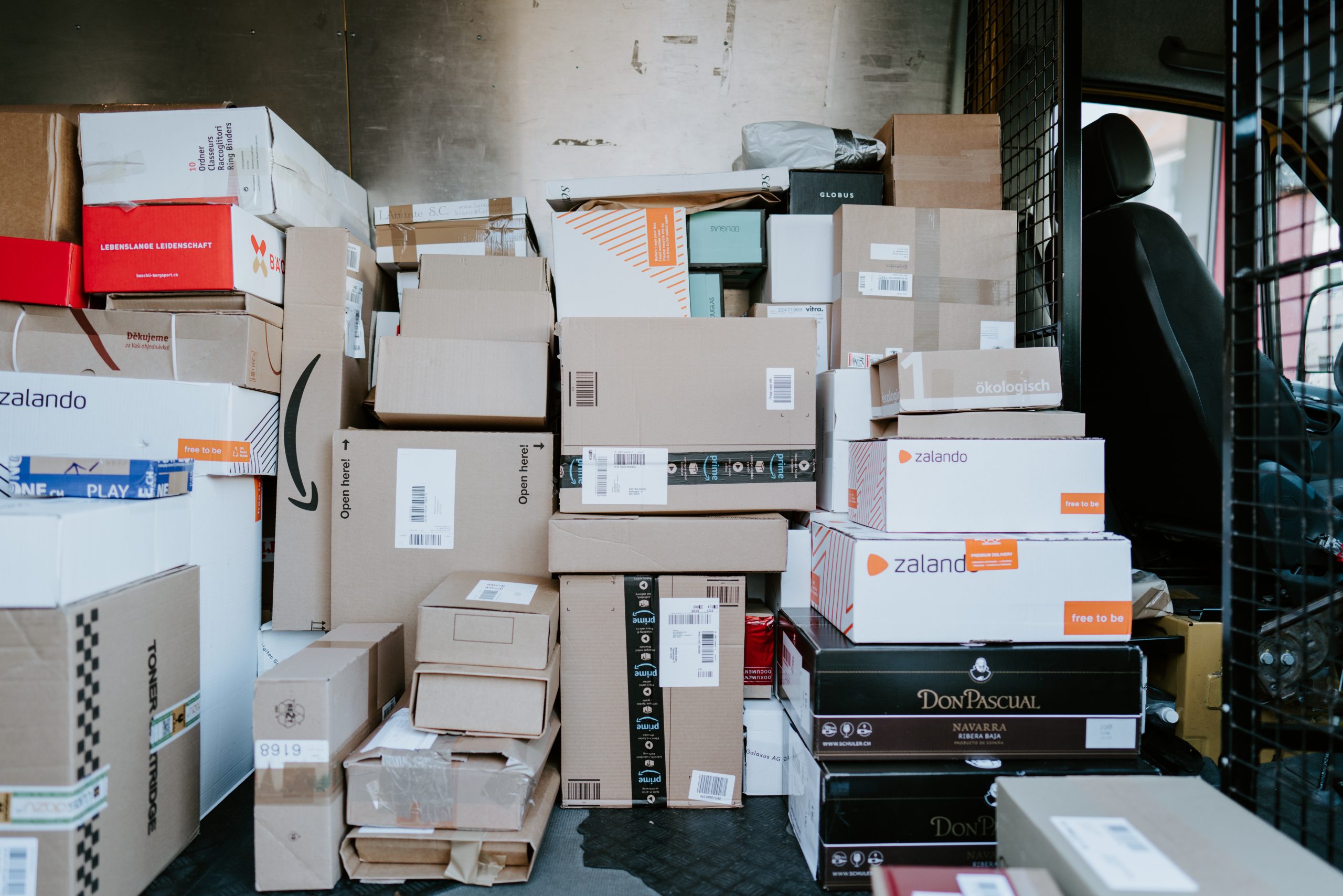David Owen, NewYorker.com, August 14, 2023
The twentysomething daughter of a friend of mine recently ordered half a dozen new dresses. She wasn’t planning to keep the lot; she’d been invited to the wedding of a college classmate and knew in advance that she was going to send back all but the one she liked best. “Swimsuits and dresses for weddings—you never buy just one,” Joanie Demer, a co-founder of the Krazy Coupon Lady, a shopping-strategy Web site, told me. For some online apparel retailers, returns now average forty per cent of sales.
Steady growth in Internet shopping has been accompanied by steady growth in returns of all kinds. A forest’s worth of artificial Christmas trees goes back every January. Bags of green plastic Easter grass go back every spring. Returns of large-screen TVs surge immediately following the Super Bowl. People who buy portable generators during weather emergencies use them until the emergencies have ended, and then those go back, too. A friend of mine returned so many digital books to Audible that the company now makes her call or e-mail if she wants to return another. People who’ve been invited to fancy parties sometimes buy expensive outfits or accessories, then return them the next day, caviar stains and all—a practice known as “wardrobing.” Brick-and-mortar shoppers also return purchases. “Petco takes back dead fish,” Demer said. “Home Depot and Lowe’s let you return dead plants, for a year. You just have to be shameless enough to stand in line with the thing you killed.” It almost goes without saying that Americans are the world’s leading refund seekers; consumers in Japan seldom return anything.
Earlier this year, I attended a three-day conference, in Las Vegas, conducted by the Reverse Logistics Association, a trade group whose members deal in various ways with product returns, unsold inventories, and other capitalist jetsam. The field is large and growing. Dale Rogers, a business professor at Arizona State, gave a joint presentation with his son Zachary, a business professor at Colorado State, during which they said that winter-holiday returns in the United States are now worth more than three hundred billion dollars a year. Zachary said, “So one and a half per cent of U.S. G.D.P.—which would be bigger than the G.D.P. of many countries around the world—is just the stuff that people got for Christmas and said, ‘Nah, do they have blue?’ ” The annual retail value of returned goods in the U.S. is said to be approaching a trillion dollars.
Most online shoppers assume that items they return go back into regular inventory, to be sold again at full price. That rarely happens. On the last day of the R.L.A. conference, I joined a “champagne roundtable” led by Nikos Papaioannou, who manages returns of Amazon’s house-brand electronic devices, including Kindles, Echos, and Blink home-security systems. He said that every item that’s returned to Amazon is subjected to what’s referred to in the reverse-logistics world as triage, beginning with an analysis of its condition. I asked what proportion of triaged products are resold as new.







